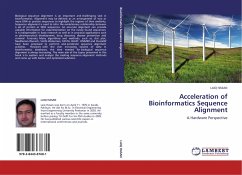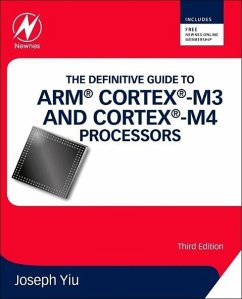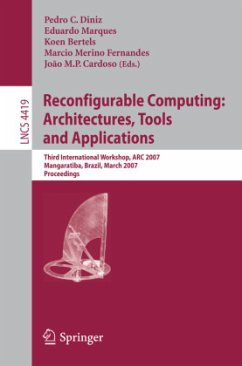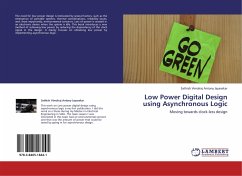
Acceleration of Bioinformatics Sequence Alignment
A Hardware Perspective
Versandkostenfrei!
Versandfertig in 6-10 Tagen
39,99 €
inkl. MwSt.

PAYBACK Punkte
20 °P sammeln!
Biological sequence alignment is an important and challenging task in bioinformatics. Alignment may be defined as an arrangement of two or more DNA or protein sequences to highlight the regions of their similarity. Sequence alignment is used to infer the evolutionary relationship between a set of protein orDNA sequences. An accurate alignment can provide valuable information for experimentation on the newlyfound sequences. It is indispensable in basic research as well as in practical applications such aspharmaceutical development, drug discovery, diseaseprevention and criminal forensics. Many ...
Biological sequence alignment is an important and challenging task in bioinformatics. Alignment may be defined as an arrangement of two or more DNA or protein sequences to highlight the regions of their similarity. Sequence alignment is used to infer the evolutionary relationship between a set of protein orDNA sequences. An accurate alignment can provide valuable information for experimentation on the newlyfound sequences. It is indispensable in basic research as well as in practical applications such aspharmaceutical development, drug discovery, diseaseprevention and criminal forensics. Many algorithms and methods, such as, dot plot, Needleman-Wunsch, Smith-Waterman, FASTA, BLAST, HMMERand ClustalW have been proposed to perform and accelerate sequence alignment activities. However, with the ever increasing volume of data in bioinformatics databases, the time needed for biological sequence alignment is always increasing. The main aim of the topics presented in this book is to explore and analyze the existing sequence alignment methods and come up with better and optimized solutions.












